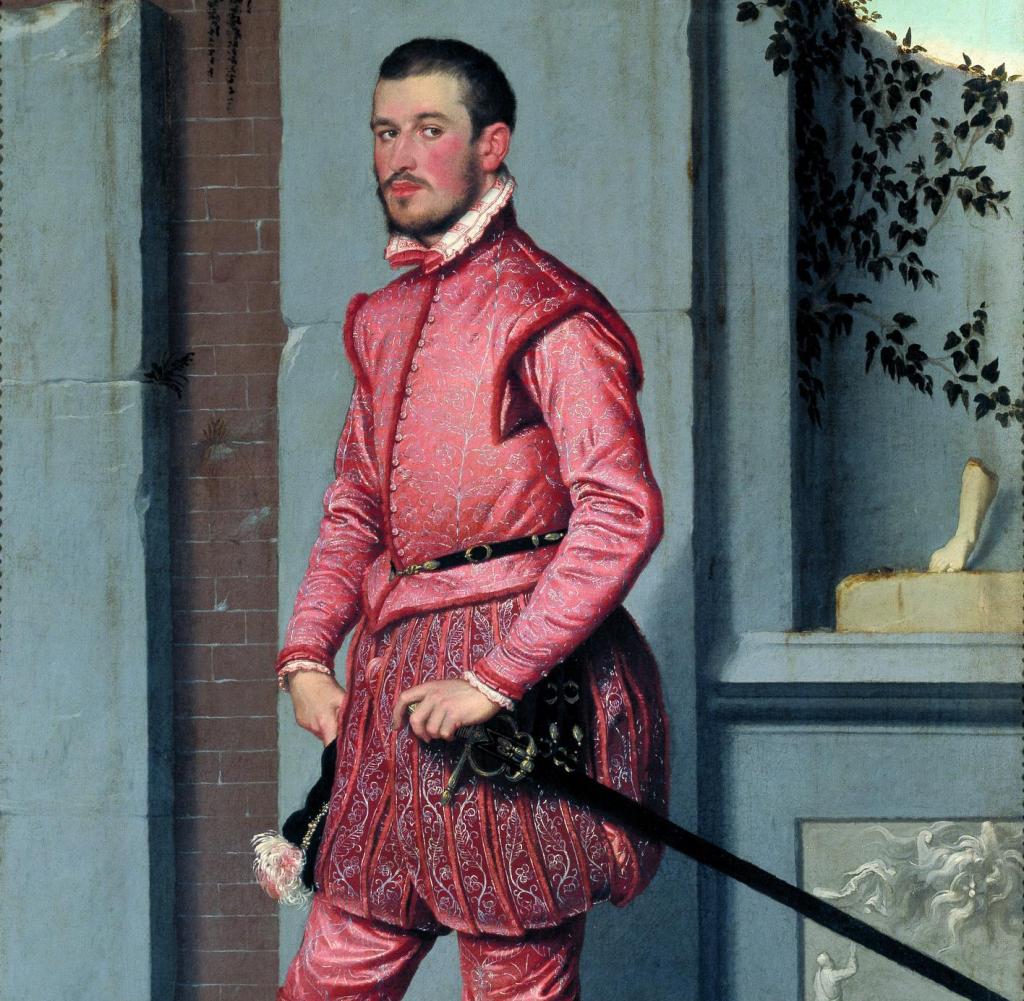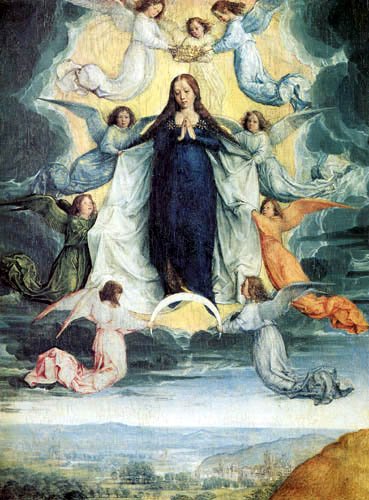Solving #1 - is it true that...?
At first i have to admit that the first question wasn´t that challenging, but the answer is more extensive than u might think...
Is it true that pink is a female shade ?

- No ! On the one hand many young parents expressed their child´s gender by using blue for males and pink for females, but on the other hand historically this attribution wasn´t typical. Pink was till the 1920s a male shade, because it was related to red, and therefore it stood for combat, blood and passion.
In the christan tradition blue however is the colour of Marien. 
The change began with the outbreak of the first World War: The blue uniforms of the marines became the rolemodel for trendy sailor suites, that young boys were dressed with on Sundays. After this behavior established, it was a small step to use baby-blue for boys and pink for girls to maintain the traditional contrast.
Answer in german:
- Nein ! Zwar dienen vielen jungen Eltern das weibliche Rosa und das männliche Blau als probate Mittel, das Geschlecht ihres Nachwuchses mitzuteilen, doch historisch betrachtet ist diese Zuordnung falsch: Rosa galt bis in die 1920er-Jahre als männlicher Farbton, weil es als "Schwester" von Rot mit Kampf, Blut und Leidenschaft assoziiert wurde. Das Blau hingegen ist laut christlicher Tradition die Farbe Mariens. Entsprechend war früher Hellblau für weibliche Säuglinge angesagt.
Der Wandel kam mit dem Ersten Weltkrieg: Die blauen Uniformen der Marinesoldaten wurden zum Vorbild für modische Matrosenanzüge, mit denen kleine Knaben gern sonntagsfein gemacht wurden. Danach war es nur noch ein kleiner Schritt zum Babyblau für Jungs und Rosa für Mädchen, um den traditionellen Kontrast beizubehalten.